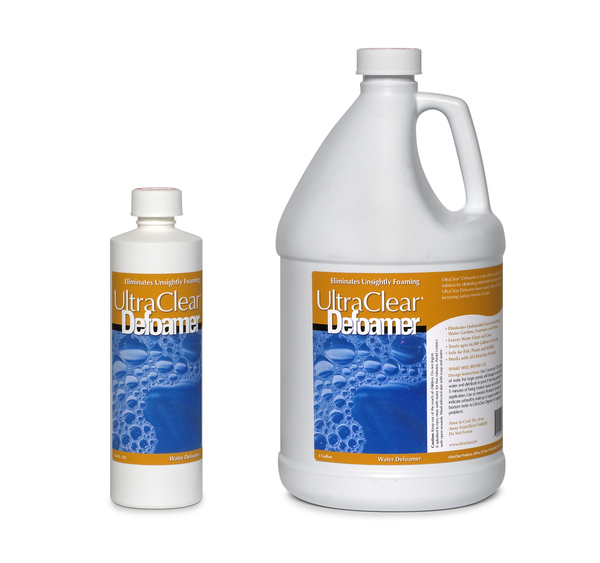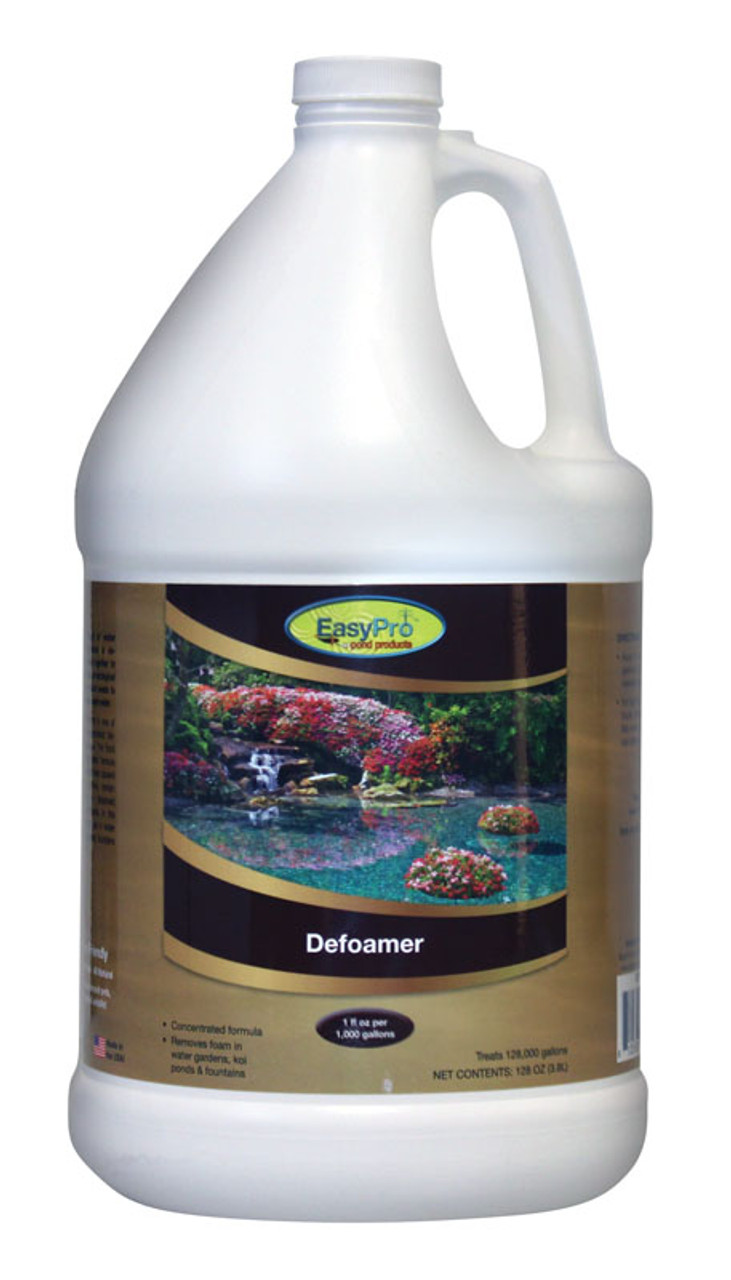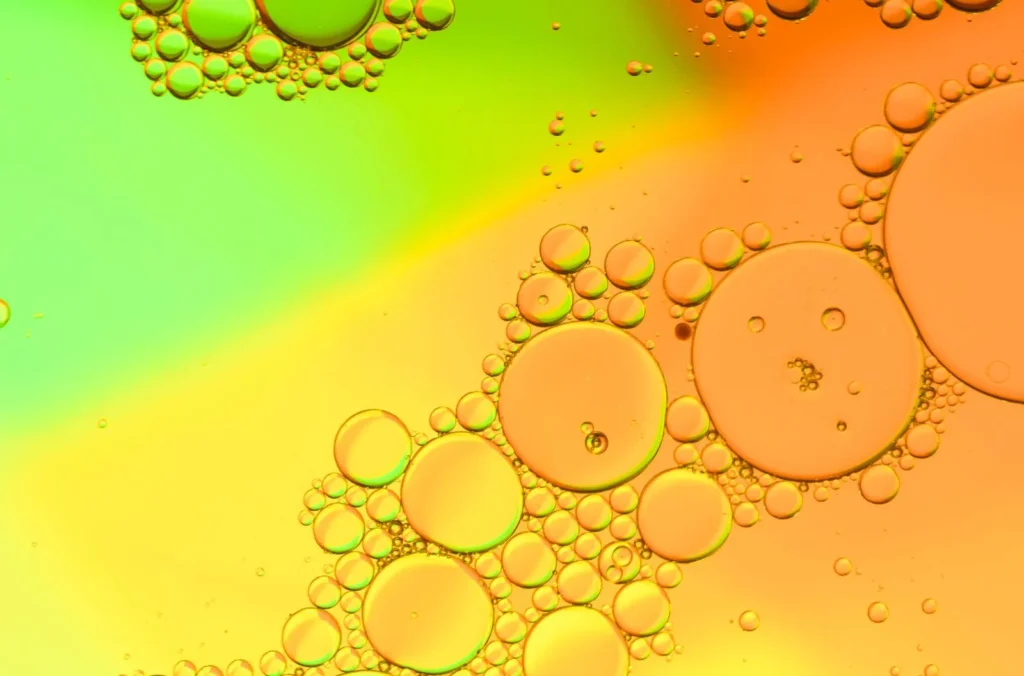A Guide to Understanding the Different Types of Defoamers Available
A Guide to Understanding the Different Types of Defoamers Available
Blog Article
The Duty of Defoamers in Enhancing Product Top Quality and Performance
In various manufacturing procedures, the existence of foam can substantially impede product quality and operational effectiveness. Defoamers offer as necessary additives that minimize this concern, ensuring smoother manufacturing operations while boosting the aesthetic and useful attributes of the end products (defoamers). Their application covers a plethora of sectors, from food and drink to drugs, where uniformity and reliability are extremely important. Nevertheless, the choice of the appropriate defoamer can be critical to attaining ideal results, raising vital concerns about formulation compatibility and performance metrics that warrant further expedition.
Comprehending Defoamers
Understanding the duty of defoamers is necessary for preserving item quality throughout numerous markets. Defoamers are chemical additives designed to avoid the formation and reduce of foam in liquid systems, which can detrimentally affect procedures such as mixing, filling, and surface area tension. Lathering can lead to inadequacies, item problems, and compromised visual appeal, making defoamers a crucial component in making procedures.
In industrial applications, defoamers aid to improve item consistency and security. The reliable usage of defoamers not just makes certain smoother manufacturing processes yet additionally contributes to premium product performance.
Furthermore, the selection and formula of a defoamer need to align with details application requirements, such as compatibility with various other components, effectiveness under varying temperature level and pH conditions, and possible regulative restraints. Ultimately, recognizing defoamers' functions and their value in various formulas is crucial for optimizing manufacturing and guaranteeing the greatest top quality final product.
Kinds Of Defoamers
Defoamers can be categorized right into several kinds based upon their make-up and device of action. The main types consist of silicone-based, non-silicone natural, and not natural defoamers.
Silicone-based defoamers are amongst the most efficient, largely as a result of their capacity to spread out rapidly on the liquid surface area and disrupt foam formation. Their unique chemical framework allows for superior security, making them ideal for high-temperature applications and environments with differing pH degrees.
Non-silicone natural defoamers, commonly composed of all-natural oils or fats, are valued for their biodegradability and lower toxicity. These are typically made use of in food and beverage applications where safety and security and environmental effect are vital.
Inorganic defoamers, that include substances like talc or calcium carbonate, act by increasing the density of the fluid, therefore minimizing foam stability. They are often utilized in commercial procedures where compatibility with various other materials is not a concern.
Each sort of defoamer has distinct advantages and restrictions, enabling customized services depending on the particular foaming concerns run into in numerous applications. Comprehending these differences is crucial for enhancing efficiency and accomplishing wanted item quality.
Applications Throughout Industries
Various industries leverage defoamers to improve item quality and functional performance. In the food and beverage industry, defoamers are essential in procedures such as brewing and dairy products manufacturing to avoid foam formation, which can lead to inadequacies and item inconsistency. By regulating foam, makers can guarantee much better yield and a more uniform item.
In the pharmaceutical market, defoamers play an important role in the formula of fluid drugs, where excessive foam can impede mixing and exact dosing. Their use aids preserve the honesty of the formulas and assists visit this page in smoother production processes.
The paint and finishes sector also counts on defoamers to enhance the performance of items during application. By reducing foam, these ingredients make certain a smoother coating and boost the aesthetic qualities of the final item.

Benefits of Utilizing Defoamers
While the application of defoamers differs across markets, their advantages constantly enhance product top quality and procedure effectiveness. One substantial advantage is the reduction of foam development throughout making procedures, which can otherwise lead to manufacturing hold-ups and incongruities in product high quality. By decreasing foam, defoamers make it possible for a smoother flow of materials, assisting in extra effective procedures and lowering the chance of tools malfunctions.
In addition, the use of defoamers can improve the look and appearance of end products. In sectors such as coatings, paints, and food handling, too much foam can jeopardize the aesthetic aesthetic appeals and total high quality, while the suitable defoamer application ensures an uniform surface and preferable qualities. Defoamers can add to cost savings by decreasing waste throughout manufacturing and enhancing the use of raw products.

Selecting the Right Defoamer
Choosing the best defoamer is critical for enhancing manufacturing processes and guaranteeing item quality. The selection of defoamer affects not only the effectiveness of foam control yet additionally the total efficiency characteristics of the end product. Aspects to think about include the kind of application, the chemistry of the formulation, and the ecological conditions under which the item will certainly be utilized.
Different the original source sectors may require particular defoamer types, such as silicone-based, organic, or polymeric defoamers. Comprehending the compatibility of the defoamer with the key components is vital to avoid adverse responses that could compromise item integrity. Furthermore, the defoamer's effectiveness in various temperatures and pH levels need to be reviewed to ensure regular performance.
Examining the defoamer in small-scale applications can give valuable understandings right into its efficiency go to my site and suitability. Factor to consider of regulative compliance, especially in food, drugs, and cosmetics, is paramount in choosing a defoamer. Eventually, a complete evaluation of these factors will certainly result in the selection of a defoamer that not just controls foam successfully however also enhances the quality and efficiency of the end product.
Verdict

In final thought, defoamers are crucial additives that significantly improve product top quality and performance throughout different sectors. The calculated choice and application of defoamers lead to set you back savings, enhanced source usage, and raised customer contentment.
Foaming can lead to inefficiencies, item issues, and compromised aesthetic allure, making defoamers an important component in producing procedures.

Report this page